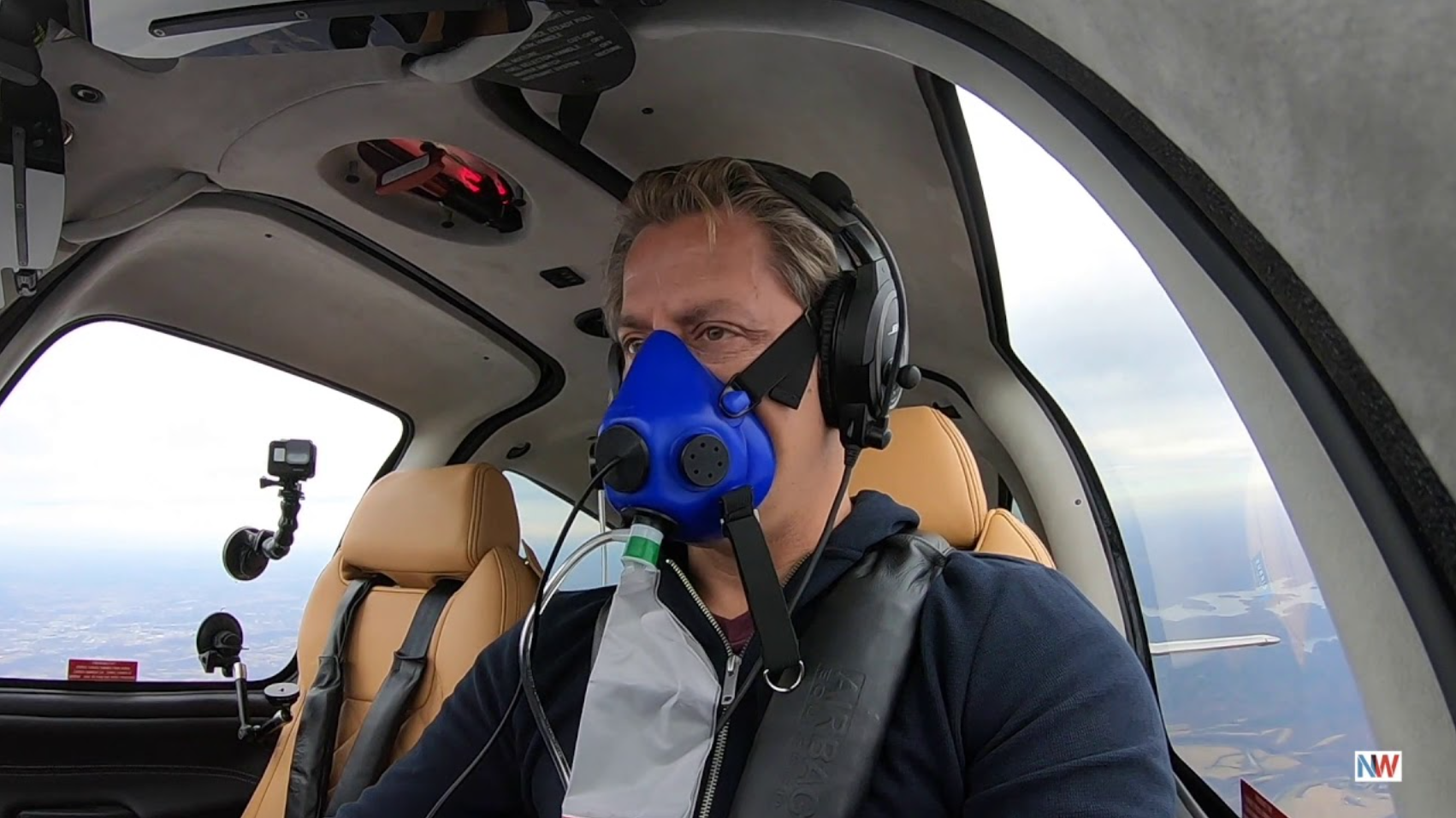Unpressurized Cabin

Unpressurized cabins in aircraft mean the cabin operates at natural atmospheric pressure, typically at lower altitudes where the ambient air is dense enough to support human respiration without supplemental oxygen. This contrasts with pressurized cabins, which maintain a lower altitude within the aircraft, allowing for higher flight altitudes.
Early Aviation and Unpressurized Cabins
Limitations: Early aircraft relied on natural air pressure and were limited to lower altitudes, often below 10,000 feet, to avoid hypoxia risks.
Challenges: Flying through weather and at lower altitudes also meant more fuel consumption, as it was less efficient to fly higher.
Necessity: Passengers and crew often needed to use oxygen masks at higher altitudes, and the pressure was a limiting factor for flight altitude.
Evolution and Transition to Pressurized Cabins
The Boeing 307 (1938): The introduction of pressurized cabins with the Boeing 307 revolutionized aviation, allowing for higher altitude flights and more comfortable passenger experiences.
Increased Altitude: Pressurized cabins allowed planes to fly above weather and at higher altitudes, increasing efficiency and comfort.
Safety Enhancements: Pressurization minimized the risk of altitude sickness and hypoxia, making flights safer and more comfortable for all.
Modern Aviation and Unpressurized Aircraft (Rare Instances)
Specific Applications: Unpressurized aircraft are still used in specialized roles, such as training planes or aircraft operating at very low altitudes.
Legal Considerations: While commercial airlines use pressurized cabins extensively, they do still fly unpressurized at certain lower altitudes, often for training purposes or in cases where specific regulations allow.
Emerging Technology: Research into alternative methods for providing oxygen at higher altitudes without full pressurization is ongoing, potentially leading to future aircraft designs with less reliance on traditional cabin pressurization systems.
